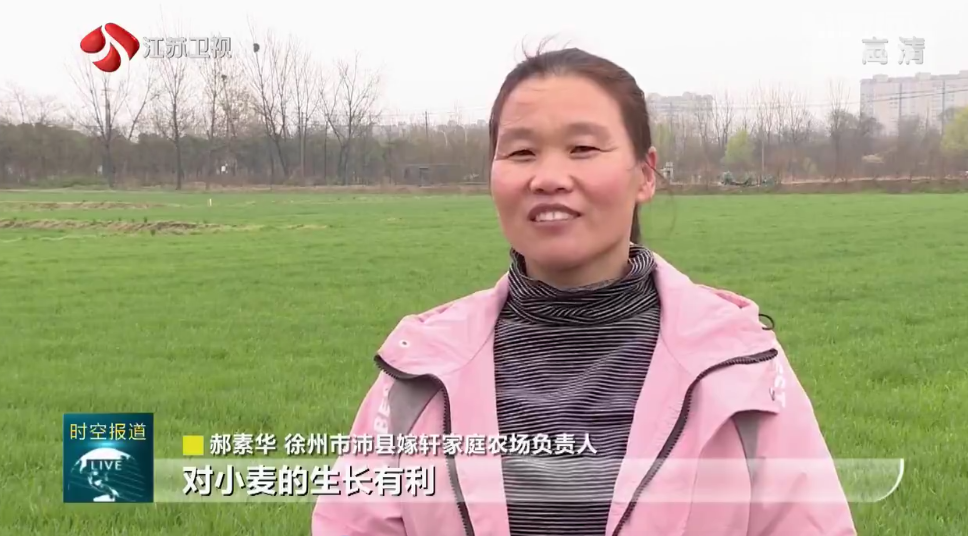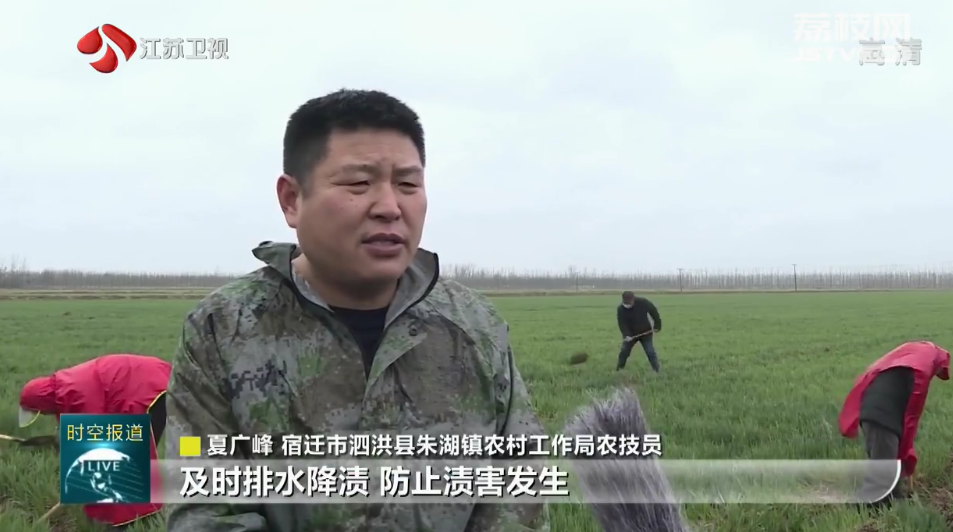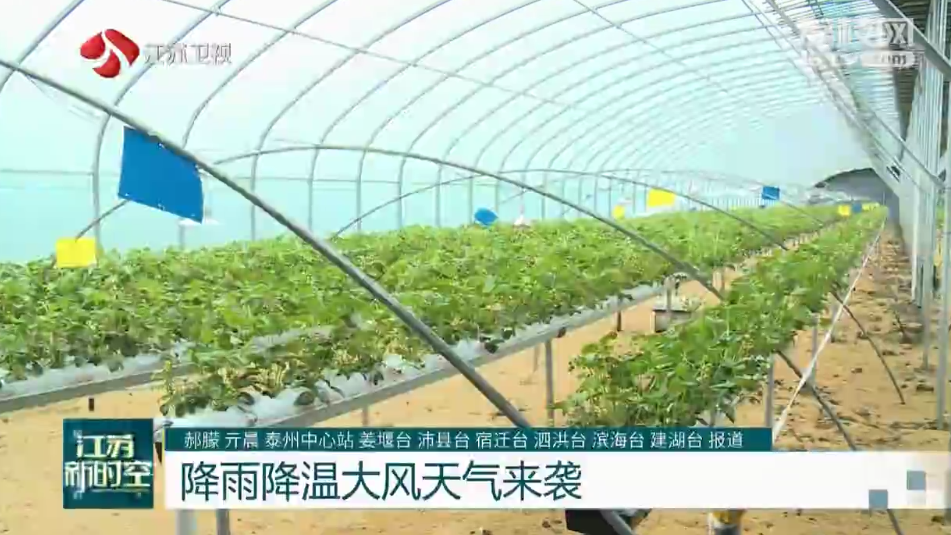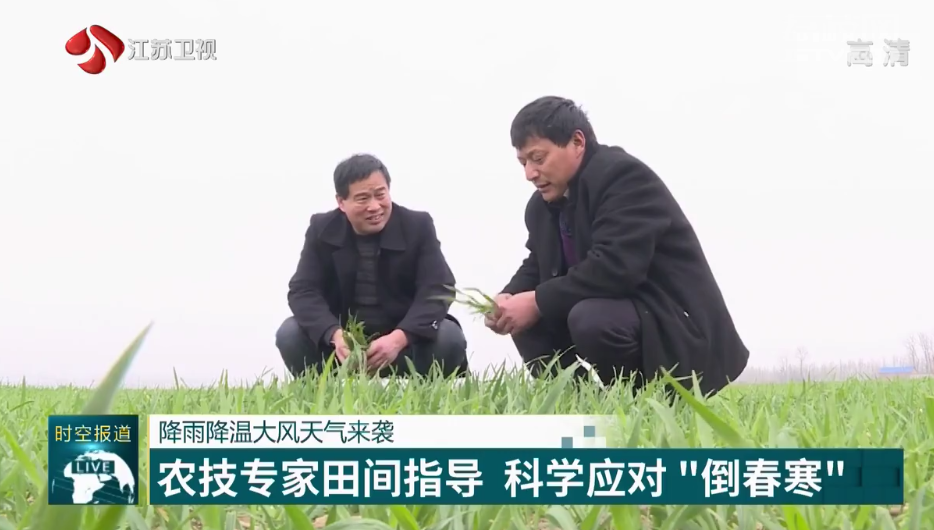East China’s Jiangsu province has beefed up its efforts to cope with the adverse impact of the late spring cold spell on agricultural production.
As the rainfall weakened on Thursday morning, agricultural technicians from Peixian and Sihong counties and local family farm owners went into the fields to check the growth of wheat seedlings.
The late spring cold spell caused a temperature drop by about 5 to 10 degrees, which has little impact on the current wheat growth.

Hao Suhua, Head of a Family Farm in Peixian
The rainfall brought by this temperature drop has eased the drought and is beneficial to the growth of wheat.
Agricultural technicians cautioned that wheat would weaken its cold resistance with the arrival of the large-scale jointing period, making it more likely to suffer from frost damage. It is therefore necessary to clear the ditch in time after the rain, and increase the application of restoration fertilizer.

Xia Guangfeng, Agricultural Technician in Sihong County
When the rain stops,the water must be drained in time to prevent the occurrence of water damage.When the temperature rises,the organic fertilizer must be applied in time to promote the normal growth of wheat.
According to the weather forecast, frost is expected in the countryside between the Yangtze River and Huaihe River this weekend, which may affect the jointing and booting of wheat.
The Provincial Department of Agriculture and Rural Affairs has issued an emergency notice, requiring all localities to strengthen early monitoring and early warning, and to quickly increase the application of recovery fertilizers for wheat according to the degree of freezing. Facility greenhouses should be repaired and strengthened in advance, and spring-sown vegetables, fruit trees, and tea trees should be kept warm and frost-proof.

Local agricultural and rural departments will also continue to organize agricultural technicians to provide classified guidance to help farmers fight disasters scientifically, and to strengthen the deployment of production materials such as seeds, chemical fertilizers, and pesticides to ensure spring ploughing and disaster relief and recovery materials.






